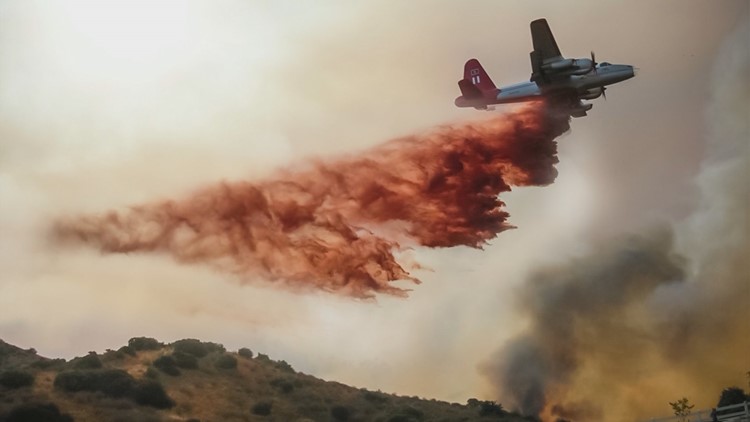Every Summer the images of wildfires burning across the U.S. are becoming much more common. There is no question the fires are happening more frequently in the Western U.S.
KING 5 analyzed data kept on every wildfire in Washington since 2005 and found some alarming new trends.
In total, 386 larger wildfires have burned in that time that required some coordinated response under a Type l, ll, or lll interagency management system.
While the average burn time used to be around five or six days, wildfires appear to last a lot longer on average. In 2017, the average burn time was 51 days.
We also found wildfires appear to be sparking earlier in the season. Data from the Northwest Interagency Coordination Center suggests there are far more wildfires sparking in July.
Another troubling statistic has to do with the size of the fires.
A megafire, as defined by scientists, is a wildfire growing to more than 100,000 acres. Washington has seen nine megafires since the year 2000. The entire 20th century saw only five.
The largest fire in state history was the Yacolt Fire of 1902 in southwest Washington. That record held until 2014 when the Carlton Complex burned 255,575 acres east of Chelan.
That same record was shattered the very next year in 2015 in Okanogan County. The Okanogan Complex Fire burned 304,782 acres and destroyed more than 100 homes.
The reason for this rapid increase is a kind of, 'catch 22.'
Firefighting was so successful protecting forestland and homes in the 20th century, we're now left with areas full of dry brush and timber in the 21st century leaving much more fuel to burn.
"We refer to that as availability of fuels. The fuels are simply more available," said Aaron Schmidt, Fire Operations Chief for the Washington Department of Natural Resources.
Schmidt and other wildfire experts are also most concerned about the rapid growth of fires once they've sparked. In other words, smaller wildfires tend to grow into megafires much more quickly with all the built-up fuel supply in our forests and grasslands.
"This trend is going to continue, and the only thing we can do at this point is mitigate the fires and mitigate the environment where the fires burn," Schmidt said.


